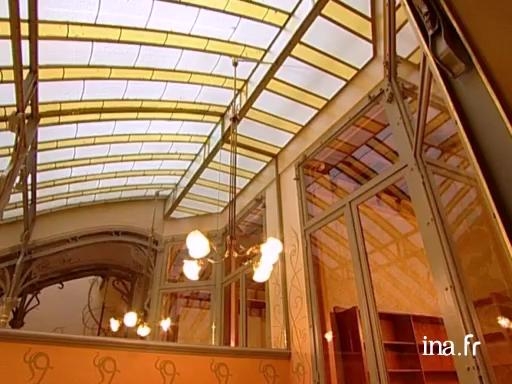Hotel Tassel visit in Brussels

Information
Françoise Aubry, an expert on the architect Victor Horta, shows us Hotel Tassel, the first Art Nouveau building in Europe.
Context
A pioneer of modern architecture, contemporary of Frenchman Hector Guimard, Victor Horta is one of the main figures of Art Nouveau, a movement that frees itself from neoclassic and neo-Gothic heritage to liberate shapes. He began at 12 years old in his artistic career, staying in the Montmartre workshop of Jules Dubuysson. Back in Brussels he collaborated with Alphonse Balat, architect of King Leopold II, with whom he designed the greenhouses of Laeken castle. He then moved on to designing period houses for wealthier clients in new and airy quarters of Brussels.
He supports open plan, fluidity of organised space around the hall and staircases covered with a glass roof. The Hotel Tassel for his photographer and professor friend unveiled the genre. In favour of unique work, fruits of the skilled craftsmen's labours who he works with and with whom he draws out every detail in his work. Horta exploits the dualism of materials, contrasts between stone and metal through which he develops a vocabulary made of curves, a "whiplash" style of stems and folds. Art Nouveau soon lost favour and Horta's works were neglected and then destroyed until the international community rang the alarm and renovated them.


